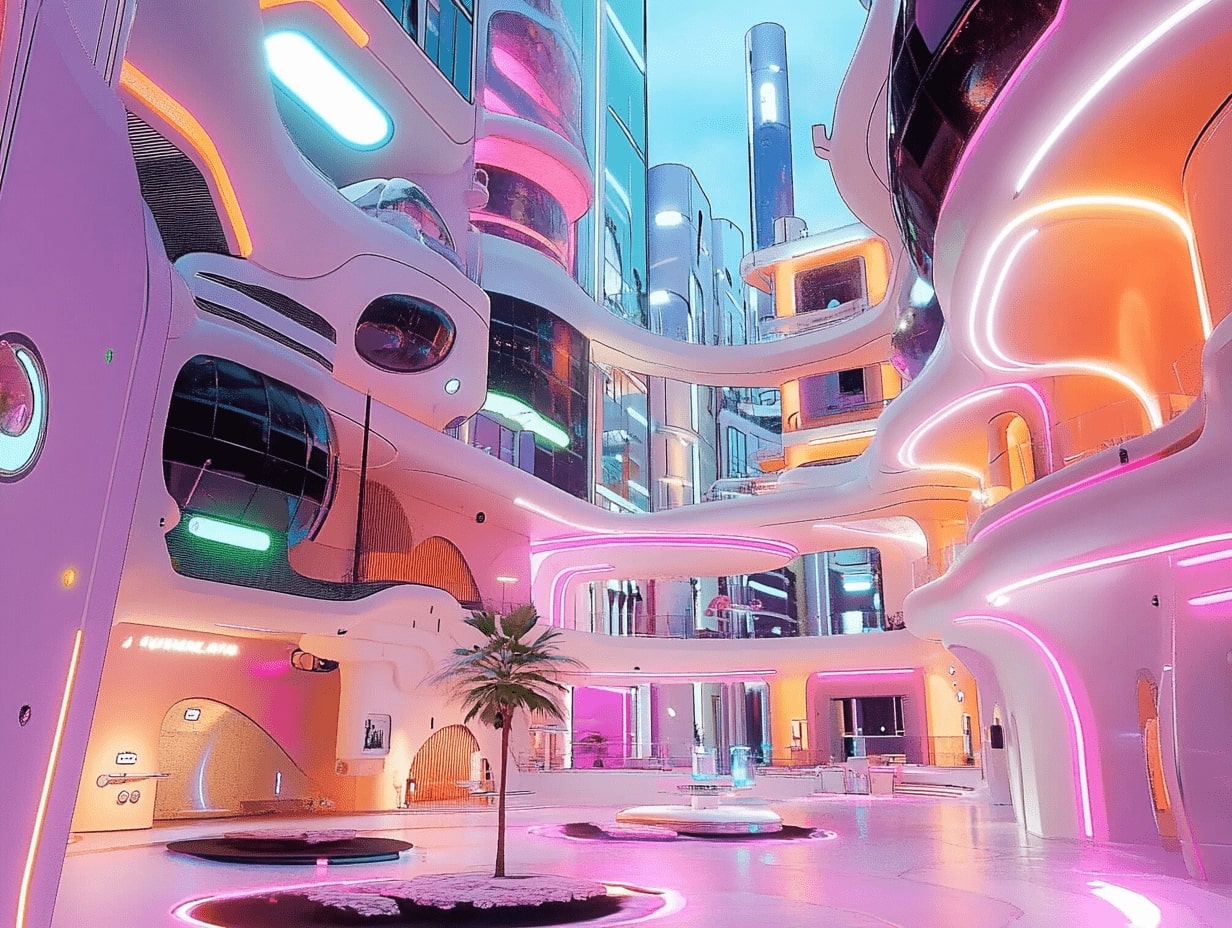- Home
- Articles
- Architectural Portfolio
- Architectral Presentation
- Inspirational Stories
- Architecture News
- Visualization
- BIM Industry
- Facade Design
- Parametric Design
- Career
- Landscape Architecture
- Construction
- Artificial Intelligence
- Sketching
- Design Softwares
- Diagrams
- Writing
- Architectural Tips
- Sustainability
- Courses
- Concept
- Technology
- History & Heritage
- Future of Architecture
- Guides & How-To
- Art & Culture
- Projects
- Interior Design
- Competitions
- Jobs
- Store
- Tools
- More
- Home
- Articles
- Architectural Portfolio
- Architectral Presentation
- Inspirational Stories
- Architecture News
- Visualization
- BIM Industry
- Facade Design
- Parametric Design
- Career
- Landscape Architecture
- Construction
- Artificial Intelligence
- Sketching
- Design Softwares
- Diagrams
- Writing
- Architectural Tips
- Sustainability
- Courses
- Concept
- Technology
- History & Heritage
- Future of Architecture
- Guides & How-To
- Art & Culture
- Projects
- Interior Design
- Competitions
- Jobs
- Store
- Tools
- More
The Fusion Of Retail Design And The Metaverse: An Immersive Frontier For Architects

For many years, retail design has essentially revolved around creating immersive spaces that capture consumers’ attention, enhance product presentation, and boost brand identities. All elements of retail stores have been carefully personalized to positively impact the experience and behavior of the shopper, whether we talk about the well-chosen displays in exclusive boutiques or the thoughtfully designed layouts of supermarkets. Overall, physical commercial spaces have been the center of shopping experiences for a long time, but the rise of e-commerce has caused a shift in the interactions between brands and consumers. Online marketplaces have taken advantage of the allure of convenience for consumers, drawing them away from physical stores.
While this shift has been successful to a certain extent, it’s worth noting that physical retail spaces have an enduring appeal because they provide tangible shopping experiences that online stores cannot replace, as they facilitate sentimental connections as well as spontaneous exploration.
That’s where the Metaverse comes into play, which is a dynamic blend of digital realms where the boundaries between physical and digital worlds become blurry. The metaverse concept has gained popularity in relation to crypto, which is digital money that you can buy from an exchange such as binance, and that can be used solely digitally as an investment or alternative payment method. In the retail sector, the Metaverse offers an opportunity to reshape the essence of the consumer journey, mixing the allure of physical stores with the endless possibilities of digital realms.

Table of Contents
ToggleThe Metaverse offers numerous opportunities to retailers
The retail sector is seeing many benefits from the intersection with the Metaverse, such as:
- More straightforward integration. Online commerce is no longer a replacement for physical stores, and brands have realized that they must engage with customers wherever they are. Fortunately, the Metaverse makes this easier than ever, and this seamless integration gains more and more importance as the metaverse market is expected to generate 5 trillion in value by 2030.
- Improved trust and engagement. The Metaverse helps retail businesses boost customer engagement, both in malls and digital stores, on websites or mobile apps. Companies that have already implemented the Metaverse have noticed a tremendous growth in their conversion rate.
- Enhanced sales. The concept of buying shifted once malls were introduced, as people went there to have different kinds of social experiences and not just buy stuff, whether entertaining themselves, eating, or engaging in a conversation. However, brands are using physical stores to offer a more cohesive experience that boosts consumers’ experiences. The digital displays accessible in retail shops enable content personalization based on users’ gender, age, and preferences, offering them a richer experience that can boost engagement and sales.
How companies are tapping into the potential of the Metaverse
Samsung, a major player in the production of electronic devices, has taken a significant step by replicating its flagship 837 store in the Decentraland metaverse platform. This highlights how tech giants are embracing this fascinating technology as an innovative commercial frontier. The company’s virtual store provides users with an immersive “experiential playground” that includes multi-zoned attractions and offers unique NFT rewards.
Besides technology firms, iconic fashion brands famous for their cutting-edge sensibilities also embrace virtual spaces. For instance, Benetton is taking advantage of the Metaverse by turning their physical stores into mixed-media spaces, offering a preview of the forthcoming digital retail experiences. The physical spaces have vibrant aesthetics that mirror the brand identity of the fashion company, serving as extensions of their digital counterparts and inviting customers to explore a world where creativity and vibrancy merge together to give rise to an immersive experience.
But tech leaders and fashion companies aren’t the only ones who benefit from the emergence of the Metaverse—all businesses, no matter their size, can tap into this fascinating virtual landscape and explore new possibilities.
The architect’s role in the metaverse realm
In the virtual realm of the Metaverse, the architect is an interdisciplinary creator who must blend different elements, ranging from storytelling and sensory design to digital art and even psychology. Their role is to create multi-sensory experiences that will have a long-lasting impact on consumers by intriguing their senses.
In this space, they are challenged to move beyond the constraints of traditional architecture and step into a new role, namely that of experienced orchestrators. Digital buildings don’t need durable, sturdy foundations or aesthetic elements, so from this perspective, architects can enjoy more freedom in the design process, embracing trendiness over timelessness and having peace of mind knowing that they can modify and update building exteriors and interiors whenever necessary.
The rise of the Metaverse marks a paradigm shift in architects’ approach towards spatial design, as they no longer focus solely on physical structures but rather on ensuring that consumers can emotionally connect with the experiences within this virtual space. It’s an ideological evolution that requires a re-evaluation of the architect’s knowledge base and skill set and an understanding of consumer profiles and behavior. This can allow architects to design virtual environments strategically, exerting a strong appeal to the audience. Creating compelling narratives permeated with spatial experiences and symbolic imagery becomes an essential skill for the architect, who must render virtual concepts with precise realism and stimulate physical attributes to merge the virtual and real-world realms.
The bottom line
As the Metaverse continues to expand, it offers architects an uncharted creative canvas – in this new realm, retail physical spaces are no longer constructed with physical materials like brick and mortar, but rather, pixels and polygons are the elements that shape the future of retail experiences. By integrating principles of architecture with groundbreaking tech, architects can develop functional, visually stunning, and engaging digital retail spaces, ensuring they align with the retailer’s strategic goals. They can push the boundaries of traditional retail design through innovative concepts like floating displays and ensure that the virtual store design reflects the retailer’s brand identity.
Moving forward, it’s evident that the fusion of architectural design and tech is essential to unlocking the full potential of metaverse retail.
illustrarch is your daily dose of architecture. Leading community designed for all lovers of illustration and #drawing.
Submit your architectural projects
Follow these steps for submission your project. Submission FormLatest Posts
The Evolution of Web Gaming: HTML5’s Place in the Industry
The gaming landscape has undergone a seismic transformation over the last few...
Exploring The Future of Architecture in the Metaverse: Trends and Innovations
Explore how the metaverse is revolutionizing architecture by liberating designs from physical...
Exploring Metaverse Architecture: Innovations & Future Trends in Digital Design
Explore the groundbreaking innovations in metaverse architecture as digital design transcends the...
Discovering New Horizons: Exploring Architecture in the Metaverse
Dive into the realm where architecture and technology intertwine in the metaverse....












Leave a comment